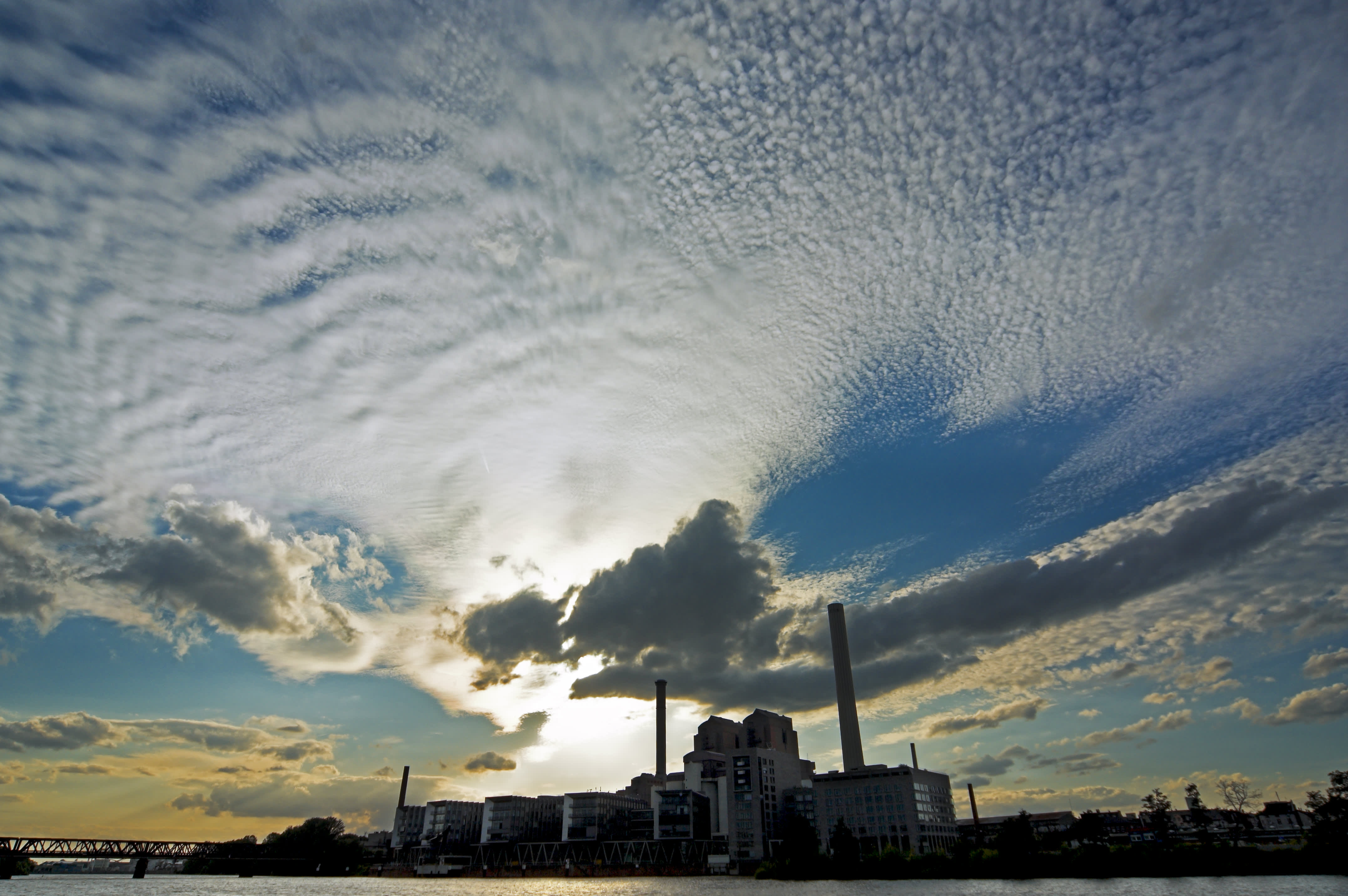The COP26 climate summit, held in the Scottish city of Glasgow last year, made headlines around the world.
After days of painstaking and at times fraught negotiations, countries agreed upon a deal which sought to build on 2015′s Paris Agreement and curb the worst effects of climate change.
Things weren’t all plain sailing, however. The Glasgow Climate Pact, as it’s known, faced stumbling blocks related to the phasing out of coal, fossil fuel subsidies and financial support to low-income countries.
India and China, both among the world’s biggest burners of coal, insisted on a last-minute change of fossil fuel language in the pact — from a “phase out” of coal to a “phase down.” After initial objections, opposing countries ultimately conceded.
During a recent panel discussion chaired by CNBC’s Steve Sedgwick, industry figures with experience of both policy and the corporate world reflected on the summit’s outcome and how things could progress moving forward.
“A lot more was expected, but what was delivered was really spectacular,” Jos Delbeke, who is the former director-general for climate action at the European Commission, said.
Delbeke, who also holds the position of European Investment Bank climate chair at the European University Institute, went on to say that major oil and gas producers were now “on board” alongside corporations, cities and regional authorities.
“We have seen lots of commitments, so that’s basically the good news,” he said.
“It is not yet the one and a half degrees Celsius, as scientists are telling us we should get … but it is a major change,” he said.
The 1.5 degrees that Delbeke references relates to the Paris Agreement’s aim of limiting global warming “to well below 2, preferably to 1.5 degrees Celsius, compared to pre-industrial levels.”
Hitting that target will be no mean feat. On Monday, the U.N. secretary general struck a sobering tone in a speech to the World Economic Forum. “Emissions must fall, but they continue to rise,” António Guterres said. “Coal-fired power generation is surging towards a new all-time record.”
“And even if all developed countries kept their promise, very important promise, to drastically reduce emissions by 2030,” he continued, “the problem is that with all developing countries achieving their present Nationally Determined Contribution, especially emerging economies, global emissions would still be too high to keep [the] 1.5 degrees goal within reach.”
In simple terms, NDCs refer to individual countries’ targets for cutting emissions and adapting to the effects of climate change. According to the United Nations, the Glasgow Climate Pact “calls on all countries to present stronger national action plans next year [2022], instead of in 2025, which was the original timeline.”
While the outcome of negotiations at COP26 left many frustrated, a number of high-profile pledges and announcements were made during the summit.
A joint declaration between the United States and China, for example, in which the two superpowers said they would work together on a number of climate-related actions, took many by surprise.
Elsewhere, signatories to another declaration at the summit said they would “work towards all sales of new cars and vans being zero emission globally by 2040, and by no later than 2035 in leading markets.”
And on Nov. 3, the Glasgow Financial Alliance for Net Zero said more than $130 trillion of private capital had been “committed to transforming the economy for net zero.”
Also speaking on CNBC’s panel last week was Judy Kuszewski, chief executive of Sancroft International, a sustainability consultancy.
“We very rarely ask the business community or individual businesses to make promises towards a goal where the path to get there may not be entirely clear,” she said.
“This is actually a very rare exception and the fact that there have been quite a few early adopters of net-zero pledges and targets towards meeting those net-zero pledges — they’ve been especially bold to take that kind of slight leap into the unknown.”
Over the past few years, a wide range of high-profile businesses — including major oil and gas firms — have made net-zero pledges.
Initiatives such as Amazon’s Climate Pledge also exist. Its signatories — who include Microsoft, Uber and Unilever — have committed to what the Pledge calls “net zero carbon” by the year 2040.
According to the Climate Pledge website, firms that have signed up to it have agreed to, among other things, regular reporting of greenhouse gas emissions, carbon elimination and “credible offsets.”
No simple solution
While net-zero commitments draw attention, actually achieving them is a huge task with significant financial and logistical hurdles. The devil is in the detail and ambitions and goals can often be light on the latter.
Referencing the Glasgow climate summit, Sancroft International’s Kuszewski said it was clear that the business community had been “visible and active in a way that it had not previously been in earlier COPs.”
“We see a lot of action from business in calling for a level playing field, for bold commitments and for a framework that they know they can operate within.”
“So I think it’s a mixed bag, but there’s a lot of reason to be hopeful about the progress,” she said.
For his part, Daniel Schmid, chief sustainability officer at German software firm SAP, emphasized the importance of companies having what he called a “maturity in attitude and understanding the holistic view on sustainability … with the environmental, the economic and the social dimension and how these are linked to each other.”
Sustainability and commerce were intertwined, he argued on the same panel. “There’s either no business, or sustainable business: That is my true belief for the future to come.”
—CNBC’s Matt Clinch contributed to this report
